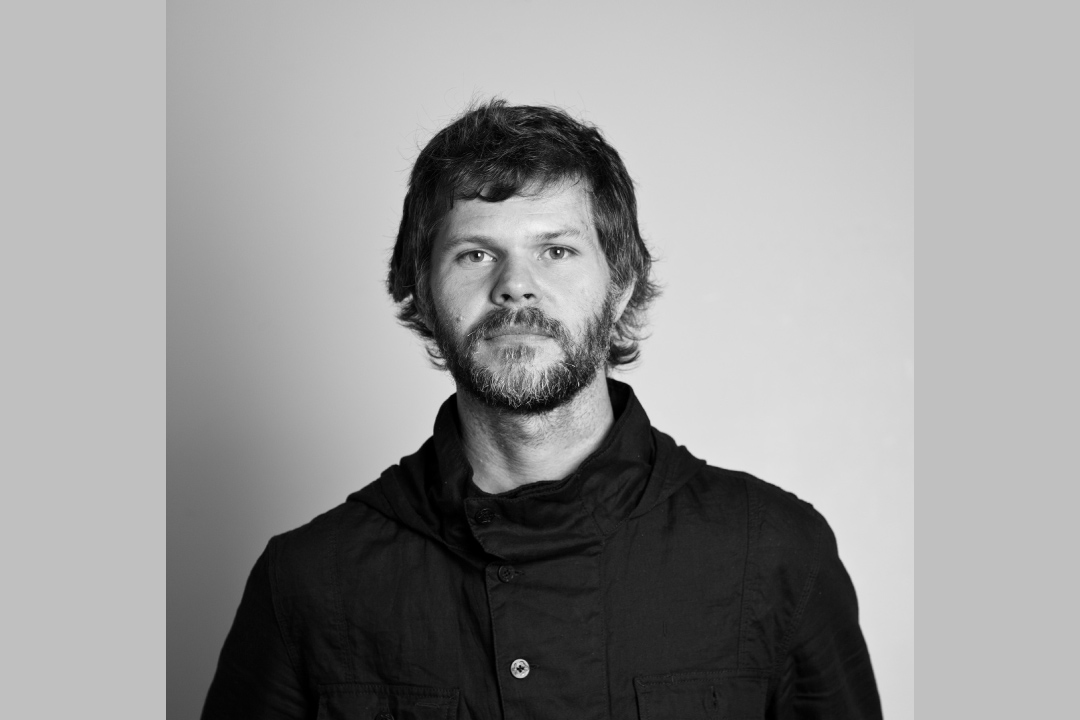
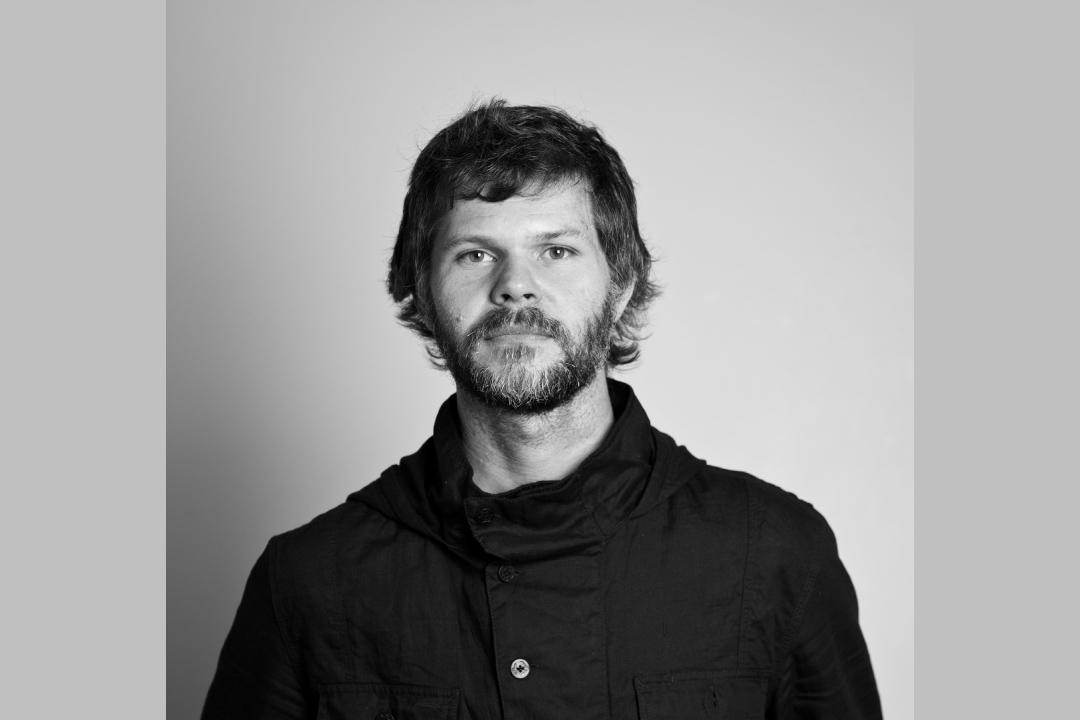
How well does technology and art work together? Not great, if history is anything to go by. The Bauhaus tried it in the 1920’s when they hosted an exhibition called New Unity, which explored the new age of industrialisation. But in the later half of the 20th Century it went a bit quiet. Which is surprising, perhaps, given the rapid development of computers, software and data. All that technology, it seemed - with its code, bits and bytes - was a little too technical for creative people.
Since the start of the new Millennium, however, things have changed dramatically. There’s been an explosion in technical creativity. Designers are creating visually complex art from software technology. Beautiful data visualisations are helping us navigate our growing mass of information. And generative art is taking the control away from the artist to create unexpected design. Finally we have the digital art for our digital age.
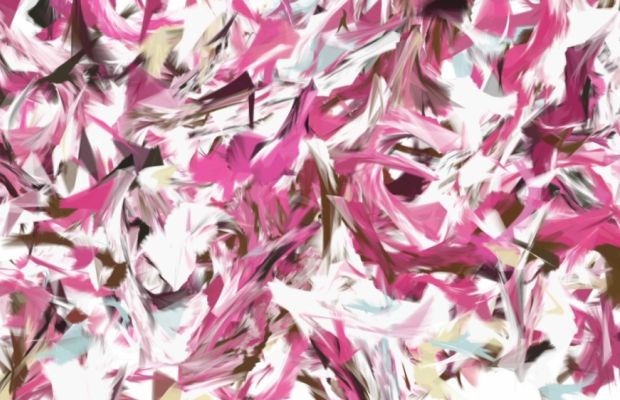
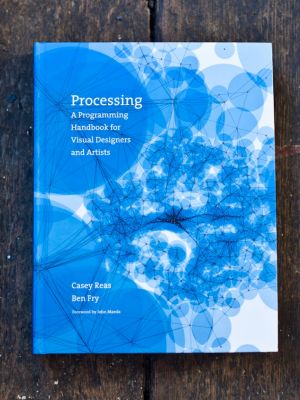
But all this is only possible if you have the tools to do it. And for this generation of digital artists, the paint brush is Processing, an open-source software programme developed by Ben Fry and Casey Reas while they attended MIT. It has transformed how designers can creatively express themselves. The inspiration came from John Maeda, an influential Japanese-American computer scientist and graphic designer, whose Design by Numbers project provided the necessary building blocks. ‘The first time I saw his work - and I guess it’s a cliché - but it blew me away,’ says Reas. It was visually beautiful, but Reas also noticed the work did something crucial: it had bridged the gap between the technical world of programming and the traditions of design. Software was no longer an uncreative medium. ‘When I saw this work,’ says Reas, ‘I realised I too could make that bridge.’
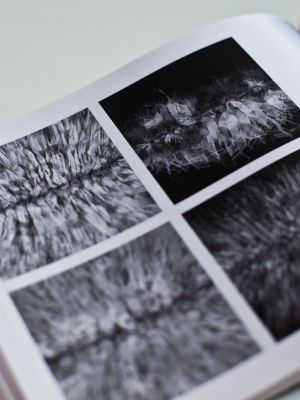
It used to be that an artist would collaborate with an engineer. But now designers and artists are creating their own frameworks.
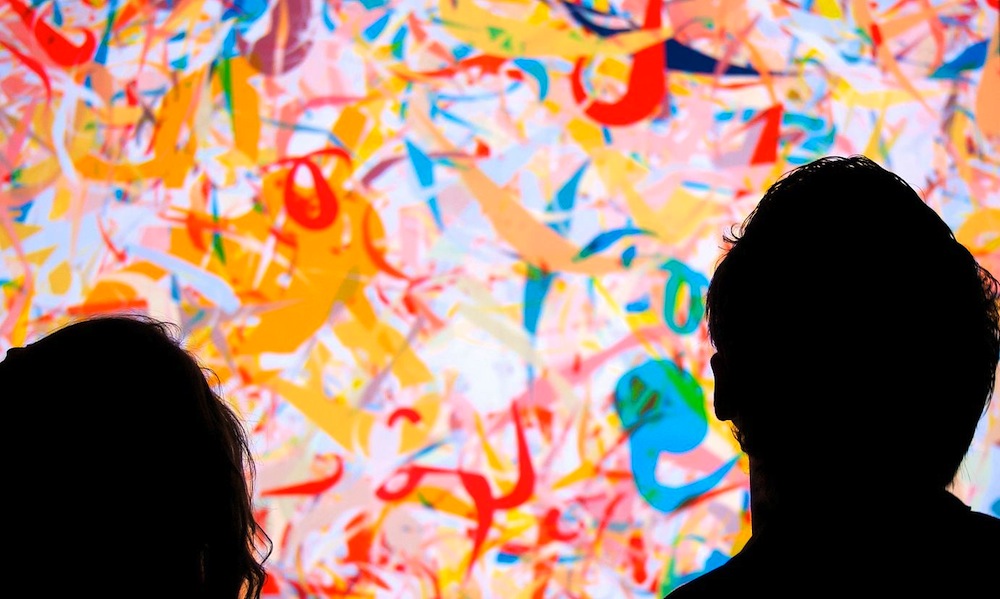
And that he did. With Fry, Reas developed Processing 1.0, the first iteration of the open-source programme, which is now widely used by designers, artists, architects, students, or anyone who just wants to make visual art with a computer. It’s hugely influential, and has taken Maeda’s ideas even further, removing the need for a technically skilled person to carry out the creative’s ideas. ‘It used to be that an artist would collaborate with an engineer,’ says Reas. ‘But now designers and artists are creating their own frameworks. Once they use it, they accelerate and become powerful designers and artists. But in doing so, they also become extraordinary programmers as well.’
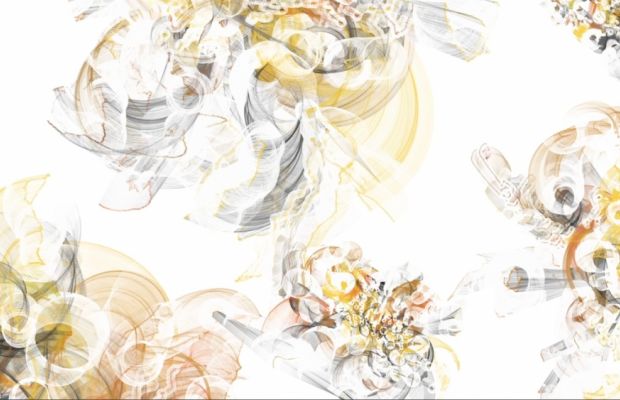
There’s no better example of how this gap has been bridged than Reas himself. His work mostly plays with the ability to create the unexpected with the software. Instead of recreating a physical illustration, for instance, Reas writes code - or ‘rules’ - that enables beautifully intricate patterns to form themselves.
Processing 2.0 is the latest version of the software, and has made the software bigger, more advanced and even better than ever. And it will only continue to help designer and artists push their work further into unexplored realms.
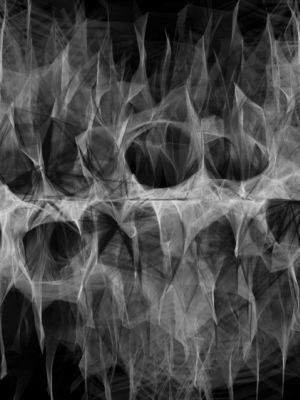


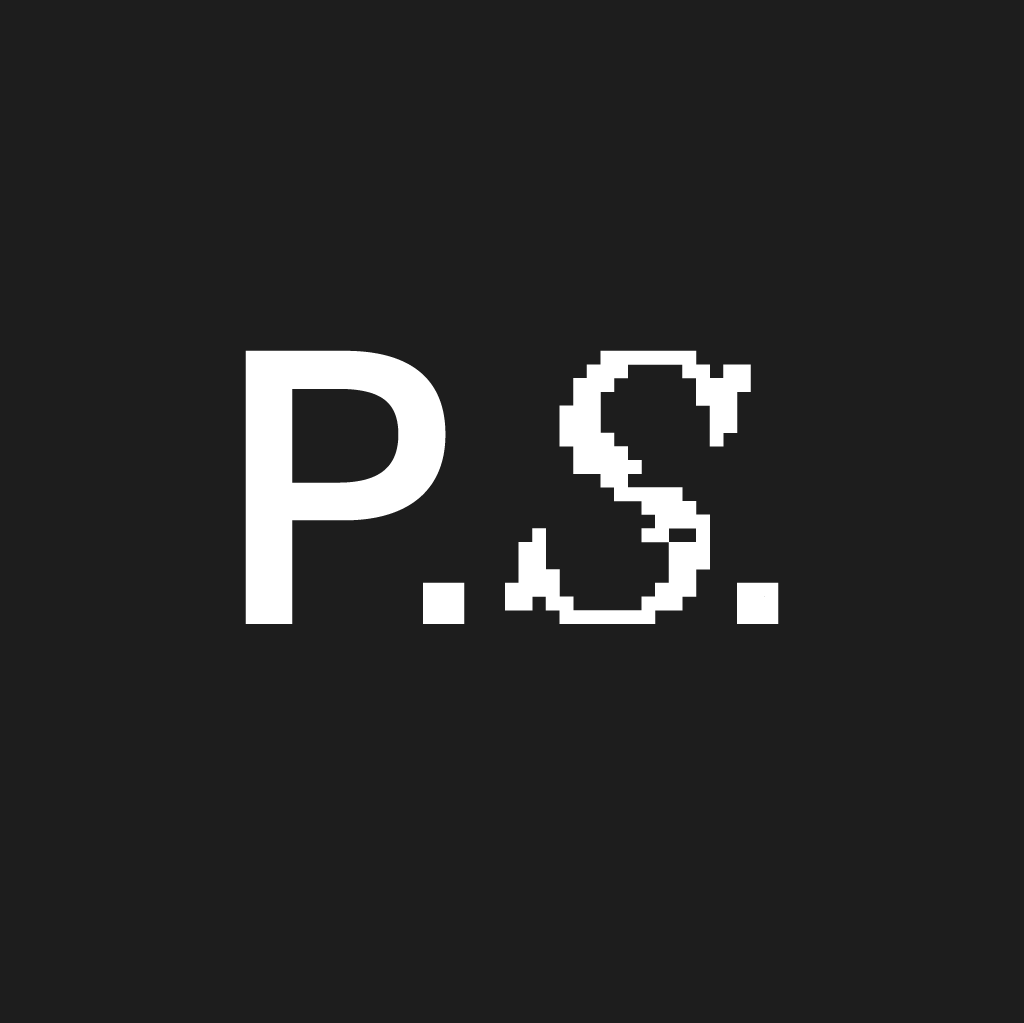
Discussion